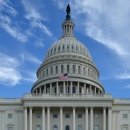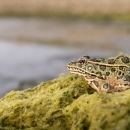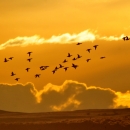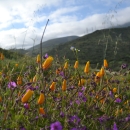What We Do
The Office of Communications has four divisions:
Roles and Responsibilities of Congressional and Legislative Affairs:
- Develop and promote the Service’s legislative agenda, including recommending initiatives to the Service Directorate
- Prepare legislative priorities, reviews and reports on legislation referred by the Department of the Interior, and coordinate the Service’s views with other bureaus and offices to achieve Service objectives
- Educate Congress about Service programs and accomplishments
- Inform Service leadership, programs, and regional and field offices about congressional actions and legislative activities
- Serve as the main point of contact with members of Congress and committees
- Provide information and materials in response to congressional inquiries and other assistance as required by members of Congress
Roles and Responsibilities of Marketing Communications, which includes the Branch of Digital Strategy and the Branch of Printing and Publishing:
- Establish digital media policy
- Develop and maintain our homepage and various supporting pages
- Operate the national social media accounts and the Open Spaces blog
- Oversee our overall web presence including www.fws.gov and all social media sites
- Produce and edit videos
- Help other offices in the creation of online videos
- Provide training and guidance in digital media creation and policy
- Maintain and update our internal website
- Produce our quarterly e-magazine, Fish & Wildlife News
- Provide technical and policy support in the production of printed materials
- Serve as the main point of contact to the General Printing Office for brochures and printed materials including the Code of Federal Regulations
Roles and Responsibilities of Partners and Intergovernmental Affairs:
- Build a partnership-based approach to stewardship
- Combine individual strengths to accomplish missions
- Foster relationships, common goals, and collaboration
- Build constituencies and broad-based community support
- Reach out to underserved communities and find ways to work together
- Leverage resources to meet challenges and improve opportunities
- Meet the needs of Environmental Justice communities
Roles and Responsibilities of Public Affairs:
- Develop and publish news releases and other official communications for the Service
- Respond to inquiries from the news media, constituent groups, and the public
- Create communication campaigns to inform the public on certain issues.
- Keep other program areas aware of developments with the media and stakeholder groups
- Develop communications and outreach strategies for emerging issues and crisis events
- Work with Service leadership and programs to enhance external communications techniques
- Oversee the agency’s call and e-mail information center
Our Programs
The Office of Communication program in headquarters consists of the following programs





